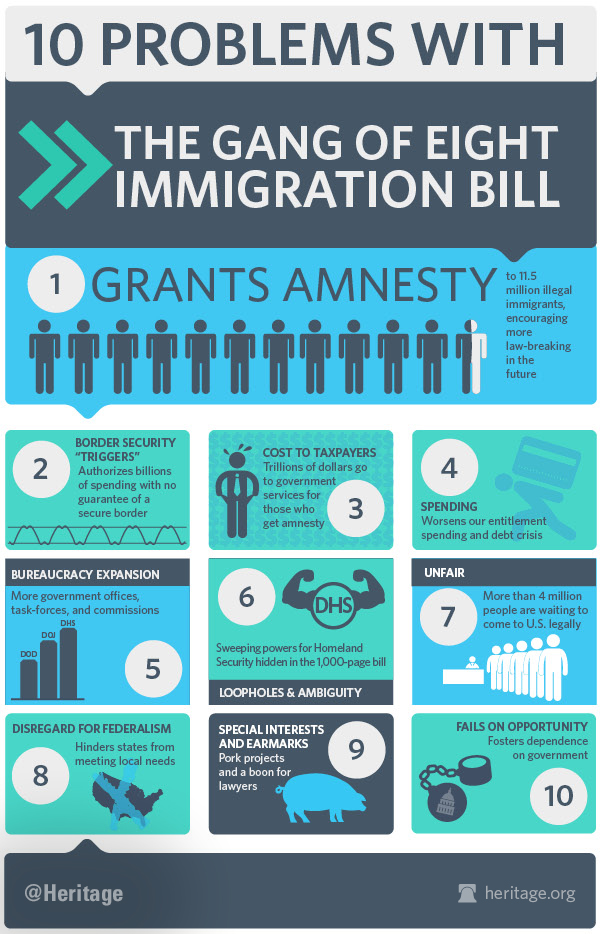JPost: ZURICH – Carlos the Jackal, the Marxist guerrilla who became a symbol of Cold War anti-imperialism, has told a newspaper that he moved freely through Switzerland in the 1970s under a “non-aggression pact” between the government and the Palestine Liberation Organization.
He felt so safe that he flew to Zurich rather than Vienna airport on his way to neighboring Austria for his most spectacular coup: the kidnapping of oil ministers at OPEC headquarters in 1975, he told the Neue Zuercher Zeitung (NZZ) in a telephone interview from his prison in France.
His comments, published on Monday, seem sure to inflame a debate about whether Swiss authorities secretly agreed to turn a blind eye to PLO activity in the 1970s and give it diplomatic support in exchange for an end to attacks on Swiss targets.
The NZZ said it had made contact with the 66-year-old Venezuelan, whose real name is Ilich Ramirez Sanchez, through his lawyer. Ramirez is serving life sentences in France for a series of attacks.
He told the paper it had been common knowledge among PLO militants that they would not be arrested in Switzerland, on condition was that they refrained from making trouble. “Of course we stuck to that,” he said.
He recalled seeing a wanted poster with his picture on it in the guard’s booth as he stood in line for passport checks after flying into Zurich from Beirut on his way to Vienna, only to be waved through with his fake South American passport.
Ramirez sealed his notoriety by taking OPEC’s oil ministers hostage in the name of the Palestinian struggle, in an attack in which three people were killed, and went on to be an international gun-for-hire with Soviet bloc protectors.
But the revolutionary mystique he once enjoyed – helped by a Che Guevara beret, leather jacket and dark glasses – wore thin after he was captured in Khartoum in 1994 by French special forces.
Switzerland last month began looking into whether a former government minister, now dead, had struck a covert deal with the PLO.
The allegation emerged this year in a book by Swiss journalist Marcel Gyr, who conducted the NZZ interview. The book, “Swiss Terror Years”, has also raised questions about whether such a pact interfered with an investigation into the bombing of a Swissair plane in 1970 that killed 47 people, for which no one was ever charged.
*** Plausible? Seems so…..
Named “Ilich” as a paeon to Lenin (whose full name was Vladimir Ilyich Lenin) by his Marxist father, Ramirez was later known as Carlos the Jackal. His nickname came in part from the novel, The Day of the Jackal, a thriller once found by authorities among his belongings.
Background:
Born in 1949 in Caracas, Venezuela, where he was raised. He was also schooled in England, and attended university in Moscow. After his expulsion from the university in 1970, he joined the Palestinian Front for the Liberation of Palestine (PFLP), a pan-Arab leftist group then based in Amman, Jordan.
Claim to Notoriety:
Ramirez’ most famous terrorist move was the takeover of OPEC headquarters in Vienna at a 1975 Conference, where he also took 11 members hostage. The hostages were eventually transported to Algiers and freed. Although later debunked, assumptions that Ramirez had a hand in killing two of the Israeli athletes taken hostage at the 1972 Olympic Games in Munich added to his reputation as a ruthless and effective terrorist.
Indeed, many of Ramirez’ feats had murky origins and unclear goals and sponsors—which also gave the self-proclaimed terrorist a mysterious glamour.
A 1994 review of David Yallop’s Tracking the Jackal: The Search for Carlos, the World’s Most Wanted Man suggests that the OPEC kidnappings may have been sponsored by Saddam Hussein, rather than by the PFLP, as has been suggested, or by Libyan leader Muammar Al Qaddafi:
Although it has long been thought that the armed attack on a Vienna meeting of the oil cartel and the kidnapping of 11 of the oil ministers were conceived and paid for by Col. Muammar el-Qaddafi, the book makes a persuasive case that behind it was actually Saddam Hussein, seeking an increase in the price of oil to finance his impending war with Iran.
Mr. Hussein intended Carlos to use the kidnapping as a pretext to assassinate the Saudi opponents of a price rise, Mr. Yallop says, but the unreliable Carlos sold out his employer, as he so often did, and instead took a $20 million ransom from the Saudi Government (the hostages were in fact released).
Where He Is Now:
The Jackal was arrested by the French in 1994, in Sudan where he was living. He was convicted for several murders in 1997 and as of 2006 is still in prison.
Cross-Links:
Ramirez has expressed admiration for Osama bin Laden from prison, and more broadly for Revolutionary Islam, which is the title of a 2003 book he published from prison. In it, the jailed terrorist showed shades of his lifelong affiliation with leftist secular groups whose vision of conflict is shaped by class differences describing Islam as the sole “transnational force capable of standing up the ‘enslavement of nations.”












